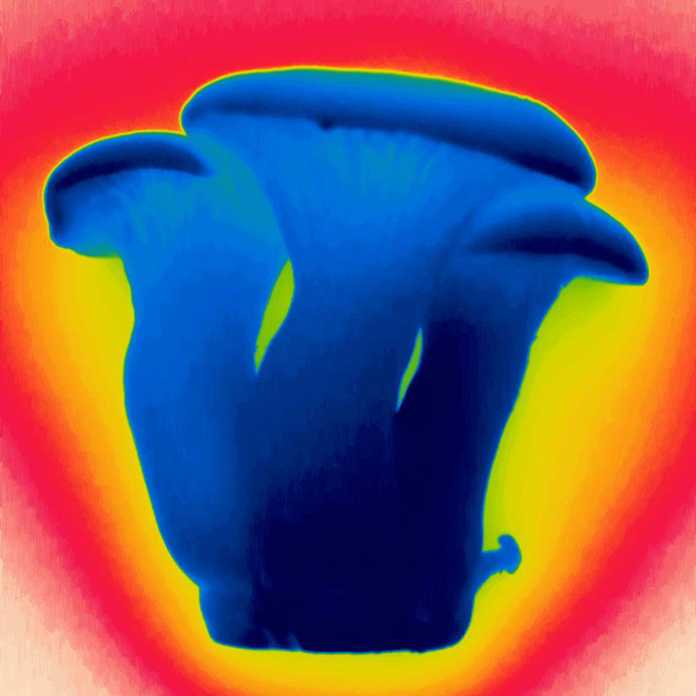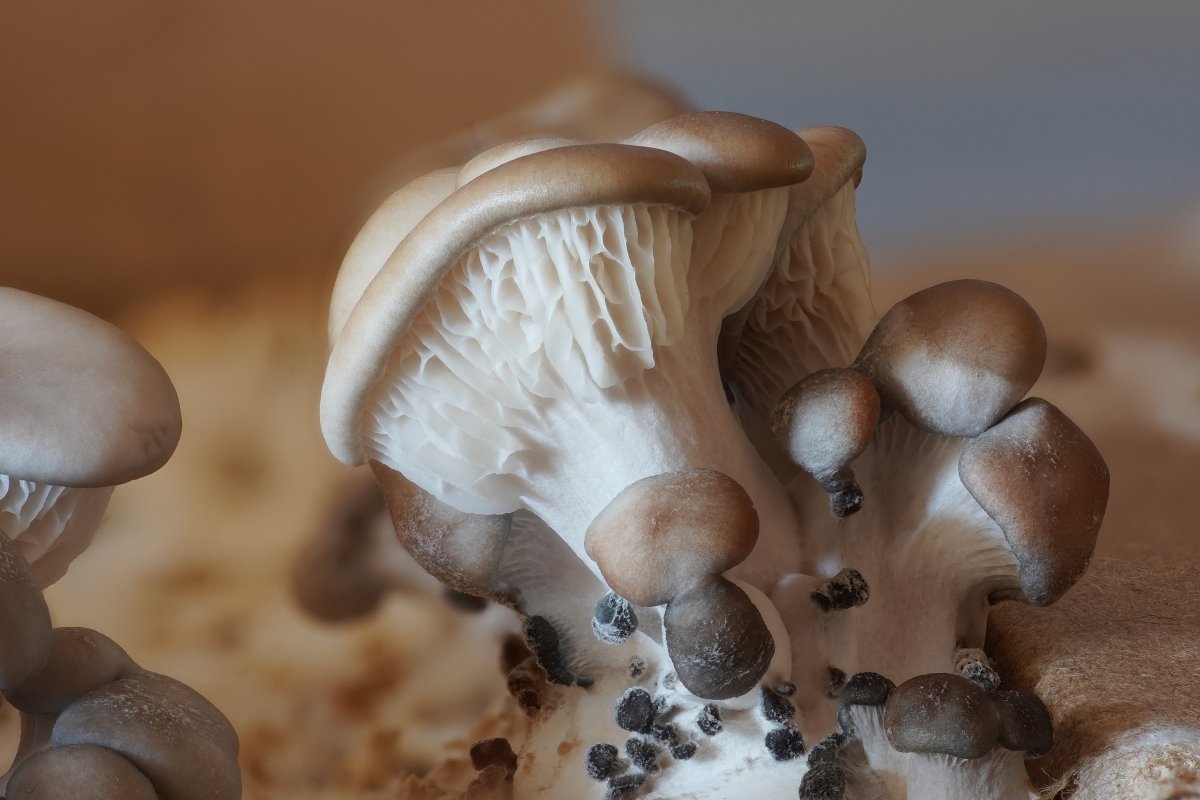Radamés Cordero of Johns Hopkins University in Maryland, USA, is something of a paparazzi for mushrooms. The researcher has hunted them down several times in a local park – with an infrared camera. He was able to photograph around 20 species in this way. The thermal images show that all the mushrooms were colder than their surroundings, often by several degrees Celsius. Admittedly, the phenomenon is not new. But these are the first studies of the effect in the wild and with a thermal imaging camera, says Cordero.
In addition, infrared images of mold and yeast fungi in the laboratory show the same findings. “The so-called hypothermia, which was already known from some fungi, also applies to the microbial world. The world of fungi is obviously particularly cold,” says Arturo Casadevall, a colleague of Cordero’s and co-author who recently published in the journal “PNAS”. published study.
Important role in climate change
The findings from the kingdom of fungi should help, among other things, to better understand the role fungi play in climate change. With an estimated 2.2 to 3.8 million species, fungi are among the most species-rich organisms in the world, and they are also the least studied. They make up around two percent of the earth’s biomass and help to store CO₂ in biomass, for example in forests. As a local source of cold, they also affect how well other organisms thrive in their vicinity.
However, the colorful thermal images from Maryland also have aesthetic value. The mushroom types usually appear in cool blue, with clearly recognizable contours. Everything around changes green, yellow, orange to red, depending on the distance to the protagonist. Oyster mushrooms, a popular edible mushroom, were six degrees colder and therefore the frontrunner in terms of cooling effect.

Thermal image of the Royal Oyster Mushroom (Pleurotus eryngii): the coldest areas are dark blue, the mean temperatures are yellow, orange and red, and the warmest areas are white.
(Bild: Radames Cordero)
sweat mushrooms
There is a simple explanation for the phenomenon: Mushrooms contain a lot of water, which can be observed when shrinking edible mushrooms in a hot pan. Even in nature, a little water always evaporates from the mushrooms. And that cools you down, just like sweat does. The phenomenon of evaporative cooling is based on the fact that the water draws energy from its surroundings to evaporate.
Sweating the mushrooms could come in handy for picnics, Casadevall and Corderos claim – and want to prove that with a home-made cool box. To do this, they put around 450 grams of mushrooms in a styrofoam box with two holes, one of which was equipped with a computer fan that was supposed to provide ventilation. They stowed the whole thing in a second larger styrofoam box. After starting the fan, the temperature in the inner box dropped by 10 degrees Celsius from 37.8 to 27.8 degrees in 40 minutes. A test in the same setup with a wet sponge only resulted in a cooling of 7.7 degrees Celsius.
The cooling effect is said to have lasted about half an hour. At 60 percent humidity, evaporation stopped – and with it the cooling effect. “You can’t freeze water with it,” Casadevall admits. But the – already trademarked – prototype of the mushroom refrigerator can, for example, keep a six-pack at drinking temperature for a picnic. “And afterwards you can simply eat the mushrooms,” says the researcher
Environmentally friendly air conditioning
The team also determined how well the system works as an air conditioning system for buildings. According to the study, it would be more energy-efficient, environmentally friendly and lighter than current variants, but would need much more space and the humidity would also have to be controlled.
For the time being, however, the focus of the researchers is still on biology. Next, they wanted to better understand the purpose of the mushrooms’ self-refrigeration, says Casadevall. “Our hypothesis is that lower temperatures make it easier for the fungi to survive because cold can promote both formation and dispersal of the spores. But we are still at the beginning of the research.”

(Older brother)
